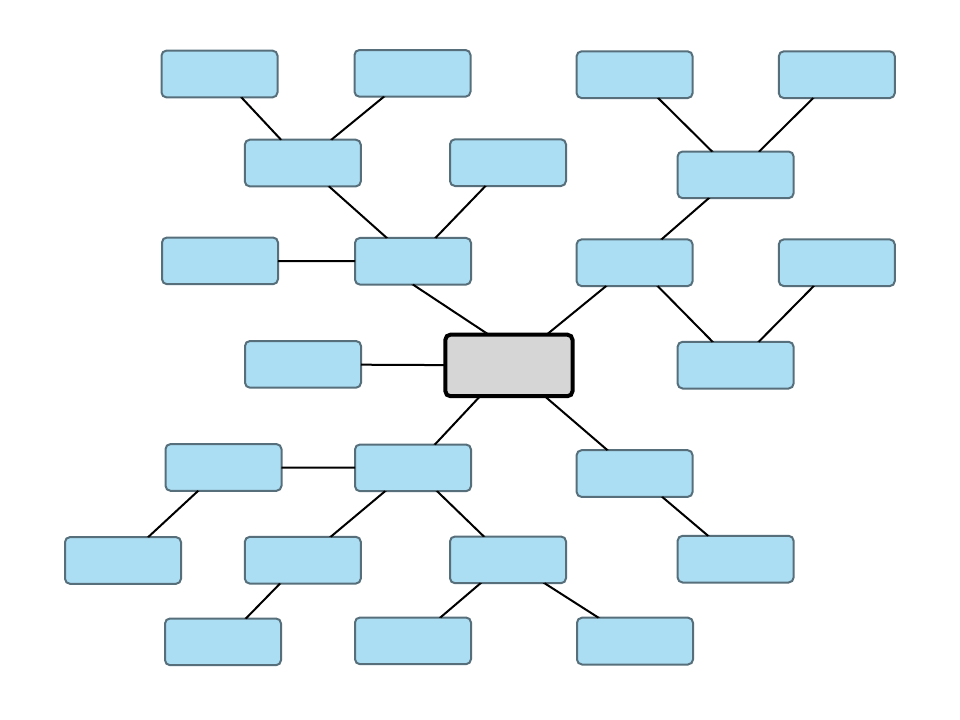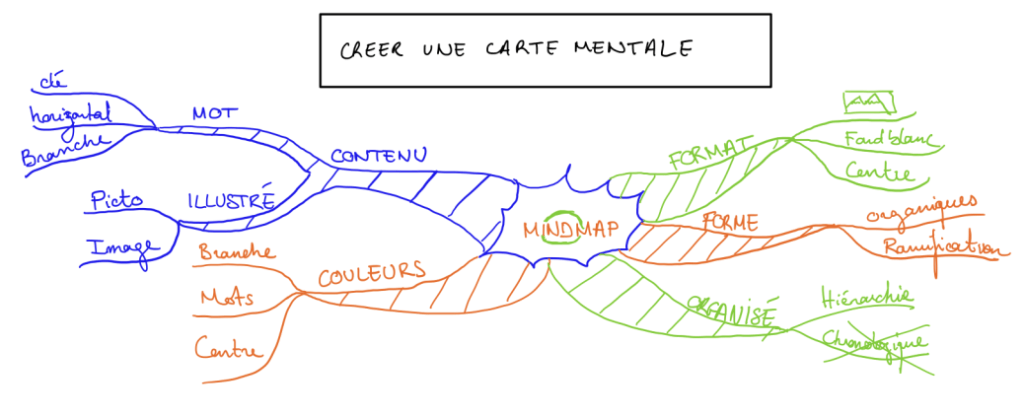The mind map, also known as a concept map or mind map, is a powerful visual tool that facilitates the organization and representation of ideas. It revolves around a central theme, allowing for structuring information in an intuitive and creative manner. This graphic diagram not only helps visualize concepts but also establishes links between them, making the processes of thinking and memorization more accessible. The mind map proves particularly beneficial in various contexts, from taking notes in class to brainstorming sessions during professional meetings, where it fosters effective and dynamic collaboration.
🔥 Nous recommandons Ideamap
Ideamap est l’outil idéal pour un brainstorming ou un projet collaboratif. Grâce son interface facile et à ses fonctions IA, Ideamap booste votre créativité tout en favorisant une meilleure organisation de vos idées pour atteindre vos objectifs.
The mind map, often referred to as a concept map or mind map in English, is a graphic tool that highlights the thought process and organization of ideas. It is structured around a central theme, from which branches extend to explore concepts, ideas, and related information. This visualization method allows for a better understanding of how ideas relate to each other, making learning and reflection more effective.
The fundamental principle of the mind map relies on the association of visual and textual elements. Keywords, images, colors, and shapes are used to stimulate creativity and memory. While traditional note-taking methods often rely on linear structures, the mind map offers a more fluid approach, better adapting to how our brains function. By visually representing the connections between ideas, it helps clarify thoughts and structure information.
The advantages of using a mind map in different contexts are numerous. In the context of learning, for example, it allows for the synthesis of complex information and better memorization. Students and learners can benefit from this tool to summarize book chapters, prepare for exams, or develop projects. The visual approach enhances a better understanding of concepts, which can be particularly useful in subjects like sciences or history.
The mind map also finds its usefulness in project management. It helps teams prioritize tasks, define objectives, and develop action plans. By bringing together ideas from several team members, it encourages collaboration and idea exchange. Moreover, its ability to visually represent a project as a whole promotes a comprehensive view that allows for spotting potential blockages or inconsistencies.
To create a mind map, there are several methods and online tools that facilitate the process. Platforms like Miro offer templates and features that allow for easy drawing of mind maps. It is also possible to create maps by hand. Regardless of the chosen method, it is important to remain true to the basic structure: a central theme in the middle, branches for each main idea, and sub-branches for details.
The uses of the mind map are not limited to education and project management. It is also commonly used in fields like marketing, where it helps to clearly identify customer needs or organize the steps of a campaign. Health professionals also use it to structure diagnoses or treatments. In all these cases, the mind map proves to be a powerful tool for organizing thoughts and fostering creativity.
In summary, the mind map is a versatile tool with multiple applications, ranging from education to project management, as well as marketing and other sectors. Its ability to make information visual and accessible makes it a valuable ally for anyone looking to improve their productivity and creativity.

FAQ on the mind map
What is a mind map? A mind map is a visual representation that organizes ideas and concepts around a central theme, thereby facilitating reflection and understanding.
What are the benefits of using a mind map? Using a mind map allows for organizing information intuitively, helping to better analyze, synthesize, and memorize the information.
How to create a mind map? To create a mind map, start by placing a keyword or a central concept in the middle of a sheet. Then add branches with related ideas, using colors and images to enrich the representation.
In what areas can the mind map be used? The mind map is widely used in education, project management, brainstorming, as well as for note-taking and preparing presentations.
What is the difference between a mind map and a concept map? The terms mind map and concept map refer to the same tool but may be used depending on the context or personal preferences.
How can the mind map help in collaborative work? By providing an overview of collective thinking, the mind map facilitates communication, creativity, and organization of ideas among team members.
Are there online tools to create mind maps? Yes, many online tools offer the possibility to create mind maps for free, thus facilitating their design and sharing.














